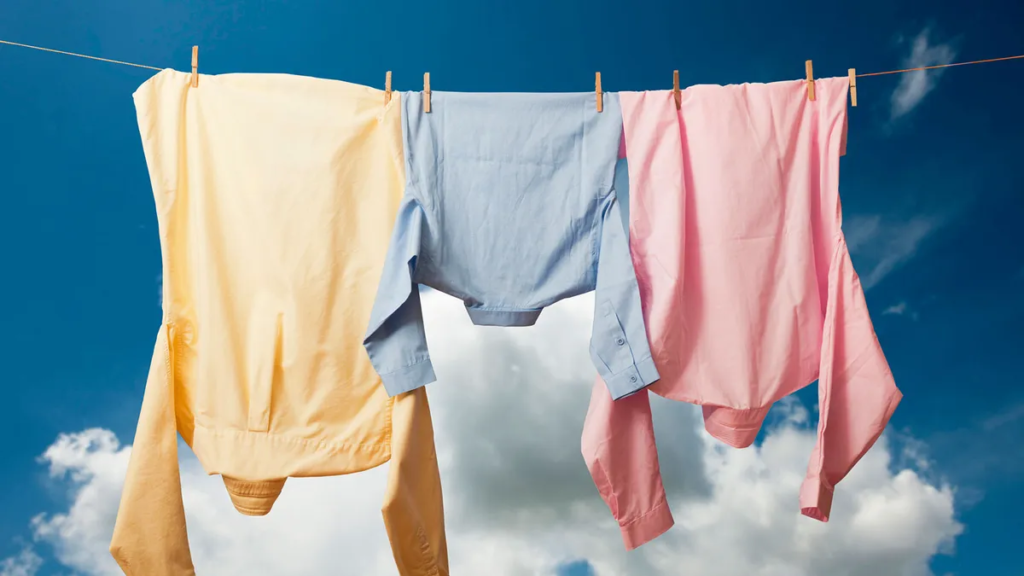Introduction: The Hidden Factor in Fabric Shrinkage
When selecting fabrics, most buyers consider fiber content, weave type, and care instructions – but few realize that color can significantly influence shrinkage rates. While the same fabric type should theoretically shrink uniformly, real-world textile production reveals that different colors often exhibit different shrinkage behaviors, sometimes varying by 1-2% or more. This phenomenon stems from fundamental differences in dyeing processes and their impact on fiber structure.
Why Color Affects Shrinkage: The Science Behind Dyeing Processes

1. Dyeing Temperature and Mechanical Stress
Dark colors (navy, black, deep reds) require:
- Higher dyeing temperatures (often 130-140°C vs 100-120°C for pastels)
- Longer immersion times (60-90 minutes vs 30-45 minutes)
- More aggressive mechanical agitation
These harsher conditions stretch and stress fibers more significantly. During washing, these overstretched fibers “relax” back, causing greater shrinkage.
2. Dye-Fiber Bonding Chemistry
Deep shades require:
- Higher dye concentrations (5-8% owf vs 1-3% for lights)
- Stronger chemical bonds (reactive dyes form covalent bonds with cellulose)
This molecular-level interaction can:
- Alter fiber crystallinity
- Reduce natural elasticity
- Create internal stresses that release during laundering
3. Post-Dyeing Finishing Variations
Dark fabrics often receive less thorough stabilization because:
- The visual impact of shrinkage is less noticeable
- Cost-cutting in high-volume production
Critical processes like compressive shrinkage (Sanforization) may be inconsistently applied.
Shrinkage Comparisons: Which Colors Perform Worst?

Color-Based Shrinkage Hierarchy
- Deep jewel tones (emerald, sapphire, ruby): +1.5-2% shrinkage
- Rich blacks: +1.2-1.8% (carbon black dyes are particularly harsh)
- Vibrant reds: +1-1.5% (large dye molecules stress fibers)
- Pastels/neutrals: Baseline shrinkage rate
- Whites/ecrus: Often most stable (minimal dye interaction)
Special Case: Printed/Multi-Color Fabrics
Exhibit uneven shrinkage due to:
- Differential dye penetration
- Localized fiber stress from multiple print passes
- Varying chemical treatments across design elements
Common issues:
- Puckering at color boundaries
- Pattern distortion after washing
- Differential shrinkage between printed/unprinted areas
Industry Data: Measured Shrinkage Variations
| Fabric Type | Light Color Shrinkage | Dark Color Shrinkage | Delta |
|---|---|---|---|
| 100% Cotton Poplin | 4.2% | 5.8% | +1.6% |
| Cotton/Linen Blend | 3.5% | 4.9% | +1.4% |
| Rayon Twill | 5.1% | 6.7% | +1.6% |
| Polyester Woven | 1.2% | 1.5% | +0.3% |
Practical Implications for Designers and Consumers
For Fashion Professionals
- Specify pre-washed/double-sanforized dark fabrics
- Adjust pattern grading for expected shrinkage differentials
- Conduct color-specific shrinkage tests during development
For Retail Consumers
- Always wash dark garments in cold water (≤30°C)
- Air dry instead of machine drying to minimize shrinkage
- Expect 1/2 size reduction in dark denim after 3 washes
Technical Solutions: Minimizing Color-Related Shrinkage
1. Advanced Dyeing Technologies
- Low-stress jet dyeing reduces fiber distortion
- Digital printing eliminates multiple wet processes
- Cold pad batch dyeing for sensitive fibers
2. Stabilization Treatments
- Plasma pretreatment improves dye uptake at lower temps
- Enzyme finishing relaxes fiber stresses
- Memory polymers that resist shrinkage
3. Fiber Modifications
- Cross-linked cotton resists shrinkage across all colors
- Core-spun yarns with synthetic stabilizers
- Nanocellulose coatings maintain dimensional stability
Future Trends: Closing the Color-Shrinkage Gap
Emerging technologies promise more uniform performance:
- Self-limiting dyes that prevent over-penetration
- AI-controlled dyeing that optimizes process parameters
- Bio-based colorants with gentler fiber interaction
Conclusion: A Critical Factor in Textile Selection
While often overlooked, color-induced shrinkage variations represent a significant consideration for both industrial users and end consumers. Understanding these differences allows for better product development, more accurate size specifications, and improved garment longevity. As dyeing technologies advance, we may see this variance decrease – but for now, that black t-shirt really will fit differently after washing than its white counterpart.
